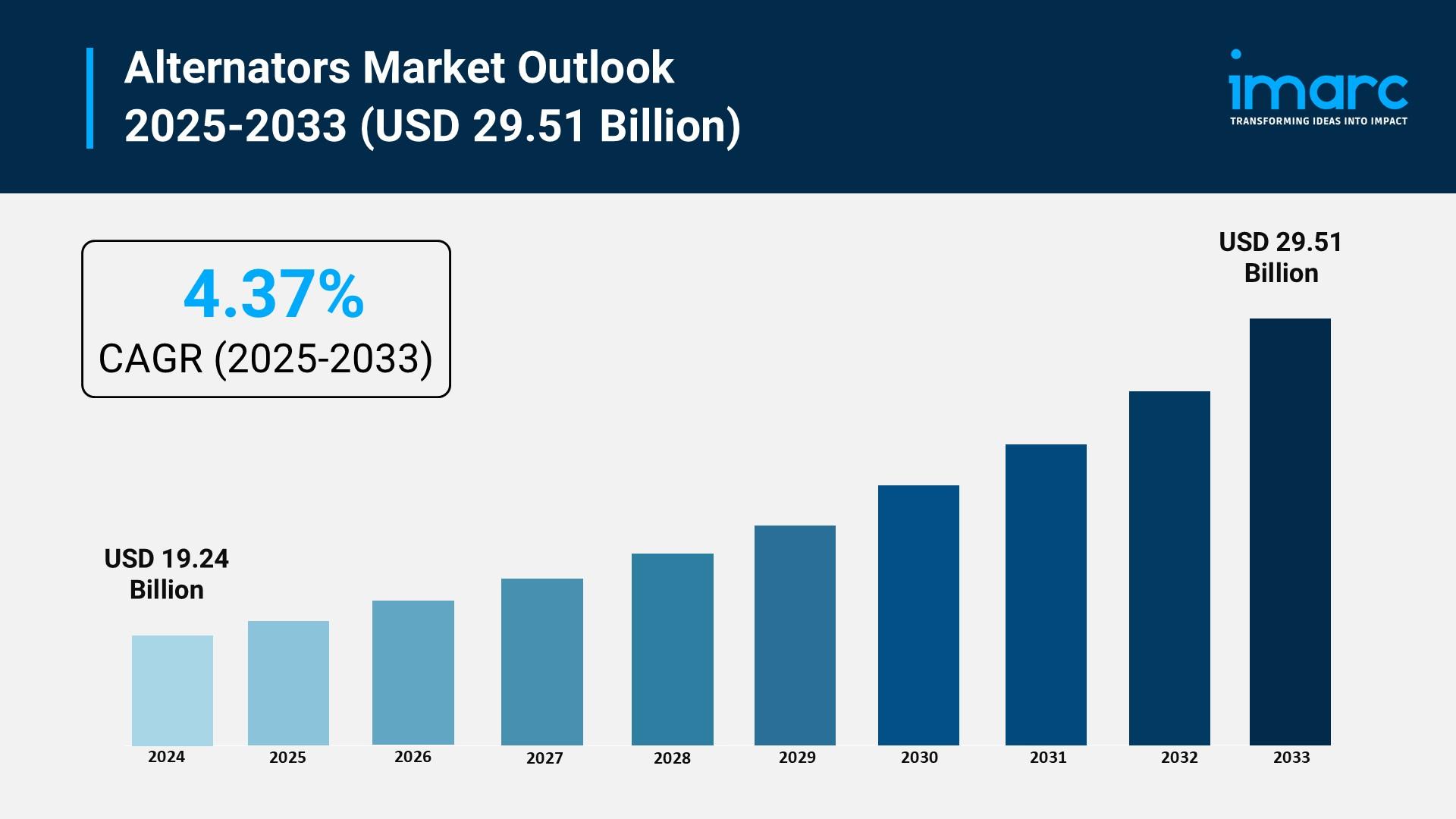Navigating Rare Kidney Diseases: Insights into FSGS, IgAN, and Treatment Options
Understanding the world of kidney disease can feel complex, but focusing on the core issues—damage to the kidney’s filtering units, the glomeruli—brings clarity. NephCure Inc. is dedicated to advancing the research and treatment options for rare, debilitating kidney diseases. This post aims to shed light on two significant conditions: primary focal segmental glomerulosclerosis (FSGS) and IgA Nephropathy (IgAN). We'll explore the unknown causes of IgA Nephropathy and discuss the current medications for IgA Nephropathy management, providing hope and clarity for those navigating these challenging diagnoses.
Decoding Primary Focal Segmental Glomerulosclerosis (FSGS)
Primary focal segmental glomerulosclerosis (FSGS) is a medical term that describes scarring in the glomeruli, the tiny filters within your kidneys. The name itself is descriptive: "focal" means only some of the glomeruli are affected, and "segmental" means only parts of those glomeruli are scarred. This scarring prevents the filters from working correctly, allowing large amounts of protein to leak into the urine, often leading to a condition called nephrotic syndrome.
The Three Types of FSGS:
-
Primary (Idiopathic) FSGS: This is the form where no specific cause can be identified. Researchers believe this type is often caused by a circulating factor or substance in the blood that directly injures the podocytes (specialized cells in the glomeruli). This is the focus of much of the current research.
-
Secondary FSGS: This type is caused by a known condition that stresses the kidneys, such as:
-
Severe obesity
-
Infections (like HIV)
-
Other kidney diseases (e.g., IgA Nephropathy)
-
Genetic mutations
-
-
Genetic FSGS: This rare, inherited form is caused by mutations in genes responsible for maintaining the structure of the podocytes.
Primary focal segmental glomerulosclerosis is a serious condition that can progress to end-stage kidney failure, underscoring the vital need for early diagnosis and specialized treatment to slow its progression.
Unraveling the Causes of IgA Nephropathy
IgA Nephropathy (IgAN), also known as Berger’s disease, is the most common form of primary glomerulonephritis worldwide. It occurs when a protein called Immunoglobulin A (IgA)—a normal, germ-fighting antibody in your immune system—builds up abnormally in the glomeruli. This buildup causes inflammation and damage, impairing the kidney's ability to filter waste.
Despite being common, the exact causes of IgA Nephropathy remain unknown, classifying it as an autoimmune-related condition where the body mistakenly attacks its own kidney tissue.
What We Know About the Causes:
Current research points to a multi-hit process, suggesting a combination of factors must be present for the disease to develop:
-
Abnormal IgA Molecules: The immune system produces a specific, abnormally-formed IgA (galactose-deficient IgA1) that is recognized as foreign by the body.
-
Antibodies Attack IgA: The immune system produces autoantibodies (like IgG) to fight this abnormal IgA.
-
Immune Complex Formation: The IgA and the autoantibodies join together, creating circulating immune complexes.
-
Glomerular Deposition: These complexes travel through the bloodstream and become trapped in the mesangium (the central stalk) of the glomeruli, where they cause inflammation and scarring.
Furthermore, certain risk factors are strongly linked to the causes of IgA Nephropathy:
-
Genetics and Ethnicity: IgAN is more common in people of European and Asian descent, suggesting a strong hereditary component.
-
Infections: Symptoms often appear following a respiratory or gastrointestinal infection (like a cold or sore throat), suggesting that fighting the infection triggers the overproduction of the abnormal IgA molecules.
-
Other Conditions: Liver disease (cirrhosis) and Celiac disease have also been associated with an increased risk.
Managing the Disease: Medications for IgA Nephropathy
While there is currently no cure for IgAN, the goal of treatment is to slow the disease's progression, reduce proteinuria (protein in the urine), and preserve kidney function. The foundation of treatment involves supportive care alongside targeted therapies.
The following are the main medications for IgA Nephropathy that doctors prescribe, depending on the severity and progression of the disease:
1. Blood Pressure and Protein Reduction (First Line)
These medications are crucial because uncontrolled blood pressure and high proteinuria accelerate kidney damage. They are the mainstay of therapy for nearly all patients with significant proteinuria.
-
ACE Inhibitors (Angiotensin-Converting Enzyme Inhibitors) and ARBs (Angiotensin II Receptor Blockers): These are usually the first-line defense. They not only lower blood pressure but also specifically reduce pressure within the glomeruli, which significantly cuts down on protein leakage.
-
SGLT2 Inhibitors: Originally developed for type 2 diabetes, medications in this class (like dapagliflozin and empagliflozin) have shown powerful kidney-protective effects by reducing proteinuria in patients with chronic kidney disease, including IgAN.
2. Immunosuppression and Anti-Inflammatory Agents
When proteinuria is very high or kidney function is rapidly declining, more potent treatments are considered to calm the overactive immune system.
-
Corticosteroids (Steroids): These powerful anti-inflammatory drugs (like prednisone) can reduce inflammation and scarring in the kidneys, leading to remission in some cases. However, they are used cautiously due to potential side effects with long-term use.
-
Targeted Immunosuppressants: Medications like Mycophenolate Mofetil (MMF) may be used, though evidence for their effectiveness varies by patient population.
-
Targeted Therapies: Newly approved and emerging medications for IgA Nephropathy—like sparsentan (a dual Endothelin and Angiotensin II Receptor Antagonist) and targeted-release budesonide—are designed to specifically interrupt the disease process by reducing proteinuria or blocking localized inflammation, offering more targeted treatment options.
3. Supportive and Symptomatic Care
-
Omega-3 Fatty Acids (Fish Oil): High-dose prescription fish oil supplements may help reduce inflammation in the glomeruli.
-
Cholesterol-Lowering Drugs (Statins): Often prescribed because chronic kidney disease increases the risk of heart disease.
At NephCure Inc., we believe that understanding your condition is the first step toward effective management. The field of treatments for diseases like primary focal segmental glomerulosclerosis and IgAN is rapidly evolving, bringing renewed hope to patients. We encourage patients to maintain an open dialogue with their nephrology team to ensure they receive the most current, effective, and individualized treatment plan.
If you are interested in learning more about how these diseases affect the kidneys, this video can provide a visual explanation of how the glomeruli function. Kidney Structure and Function.





